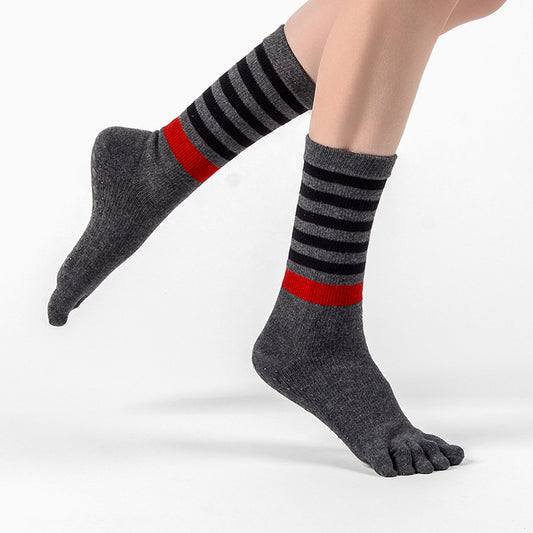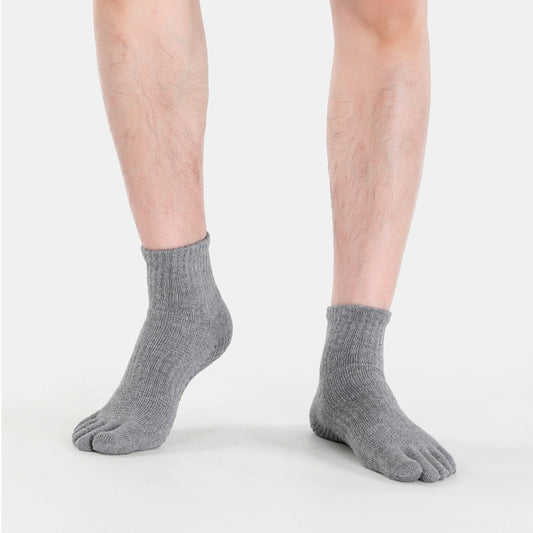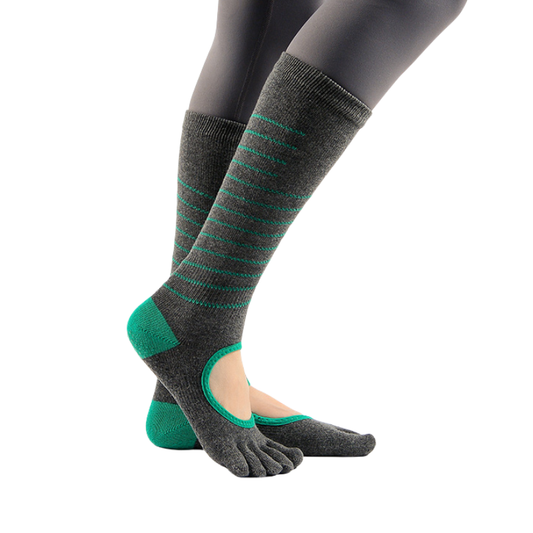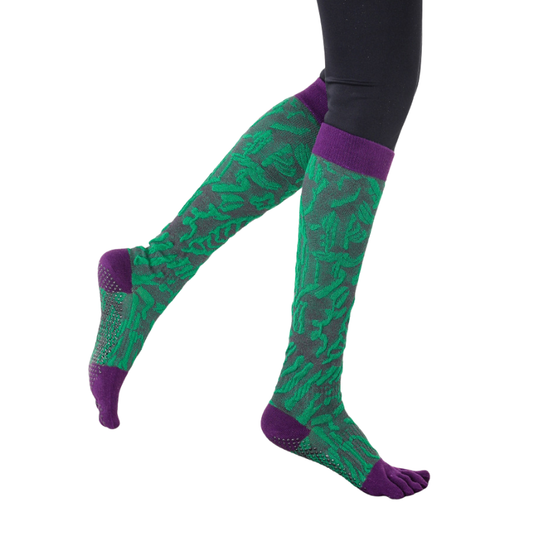In the world of athletic performance and injury prevention, small upgrades can lead to significant gains. One such upgrade gaining rapid popularity is the Sport Carbon Fiber Support Insole. Unlike traditional foam or gel-based insoles, carbon fiber versions offer a unique combination of lightweight rigidity, biomechanical support, and unmatched energy return. For runners, basketball players, or weekend warriors, switching to carbon fiber insoles might just be the edge you've been missing.
What Are Sport Carbon Fiber Support Insoles?
Sport carbon fiber support insoles are ultra-lightweight inserts typically constructed from aerospace-grade carbon fiber composite. Their primary function is to enhance foot stability, reduce energy loss during movement, and support proper foot alignment under stress. Unlike soft insoles that compress and degrade over time, carbon fiber maintains structural integrity, offering consistent support even after hundreds of miles.
According to Tread Labs, carbon fiber insoles are ideal for athletes who need maximum responsiveness and long-term durability without added bulk or cushion.
1. Exceptional Energy Return and Propulsion
One of the primary reasons elite runners and athletes turn to sport carbon fiber support insoles is their ability to deliver superior energy return. The rigid nature of carbon fiber creates a lever-like effect during the toe-off phase of your stride, giving runners a spring-like boost with each step.
A clinical study shared by VKTRY Gear reported that athletes using their carbon fiber insoles experienced:
-
A 9.3% increase in lower body power
-
A 1.6-inch improvement in vertical jump
-
A 0.12-second reduction in the 40-yard dash time
This mechanical advantage can be crucial in competitive sports where every millisecond and inch count.
2. Enhanced Biomechanics and Injury Prevention
Sport carbon fiber support insoles offer a rigid platform that helps correct overpronation or supination, which are common causes of running-related injuries. By aligning the foot properly during dynamic motion, these insoles reduce stress on the plantar fascia, Achilles tendon, and knee joints.
Research published by the National Center for Biotechnology Information (NCBI) suggests that correcting biomechanical imbalances with rigid orthotics like carbon fiber can significantly lower the risk of overuse injuries such as plantar fasciitis or shin splints (source).
VKTRY also found that their users experienced 41% fewer foot and lower leg injuries compared to those using standard insoles.
3. Long-Lasting Durability
Unlike EVA or PU foam, which gradually compress and lose their effectiveness, carbon fiber maintains its shape and performance over extended use. Superfeet notes that carbon fiber insoles typically last 3 to 5 times longer than traditional alternatives.
This longevity makes them a smart investment for athletes who train regularly and need consistent performance from their gear.
4. Lightweight and Slim Fit
Despite their stiffness, sport carbon fiber support insoles are remarkably thin—often less than 1.5mm thick—allowing them to fit into most athletic shoes without compromising comfort. Solestar emphasizes the advantage of having a low-profile insert that enhances performance without altering shoe fit or adding weight.
Many runners even report feeling a distinct "snap" or rebound from their carbon fiber insole with each step—without the clunky feel of thicker foam inserts.
5. Potential Drawbacks and Adaptation Tips
Carbon fiber insoles aren’t for everyone right out of the box. Because of their rigidity, some users may experience mild discomfort or muscle soreness during the initial break-in period. This is especially common in the tibialis anterior and calf muscles.
Experts recommend:
-
Starting with short runs or workouts
-
Gradually increasing usage over 1–2 weeks
-
Using a supportive yet flexible top layer for added comfort
While higher than average foam insoles, the performance and durability justify the investment for many serious athletes.
Who Should Use Sport Carbon Fiber Support Insoles?
These insoles are especially beneficial for:
-
Competitive runners and triathletes needing energy efficiency
-
Basketball and soccer players requiring explosiveness and joint stability
-
Hikers and endurance athletes valuing long-term support under heavy load
-
Injury-prone individuals looking for alignment and shock absorption
How to Choose the Right Carbon Fiber Insole
When selecting a carbon fiber insole, consider:
-
Arch height and foot shape – some brands offer customizable arch profiles
-
Thickness and stiffness level – full carbon vs composite or hybrid options
-
Compatibility with your sport shoes – ensure no heel slippage or volume issues
If you're looking for a blend of comfort, performance, and premium fit, the Loopifit Sport Carbon Fiber Support Insole provides a hybrid solution: an ultra-thin 0.8mm carbon base with a breathable, cushioned top layer—engineered specifically for both runners and cross-trainers.
Conclusion
The Sport Carbon Fiber Support Insole represents a new era of performance gear for athletes seeking that extra edge. By combining biomechanical alignment, durability, and superior energy return, carbon fiber insoles are proving to be game-changers across a wide spectrum of sports.
Whether you’re chasing a new PR, recovering from an injury, or simply upgrading your footwear system, these insoles are worth serious consideration. Your feet—and your performance—will thank you.







